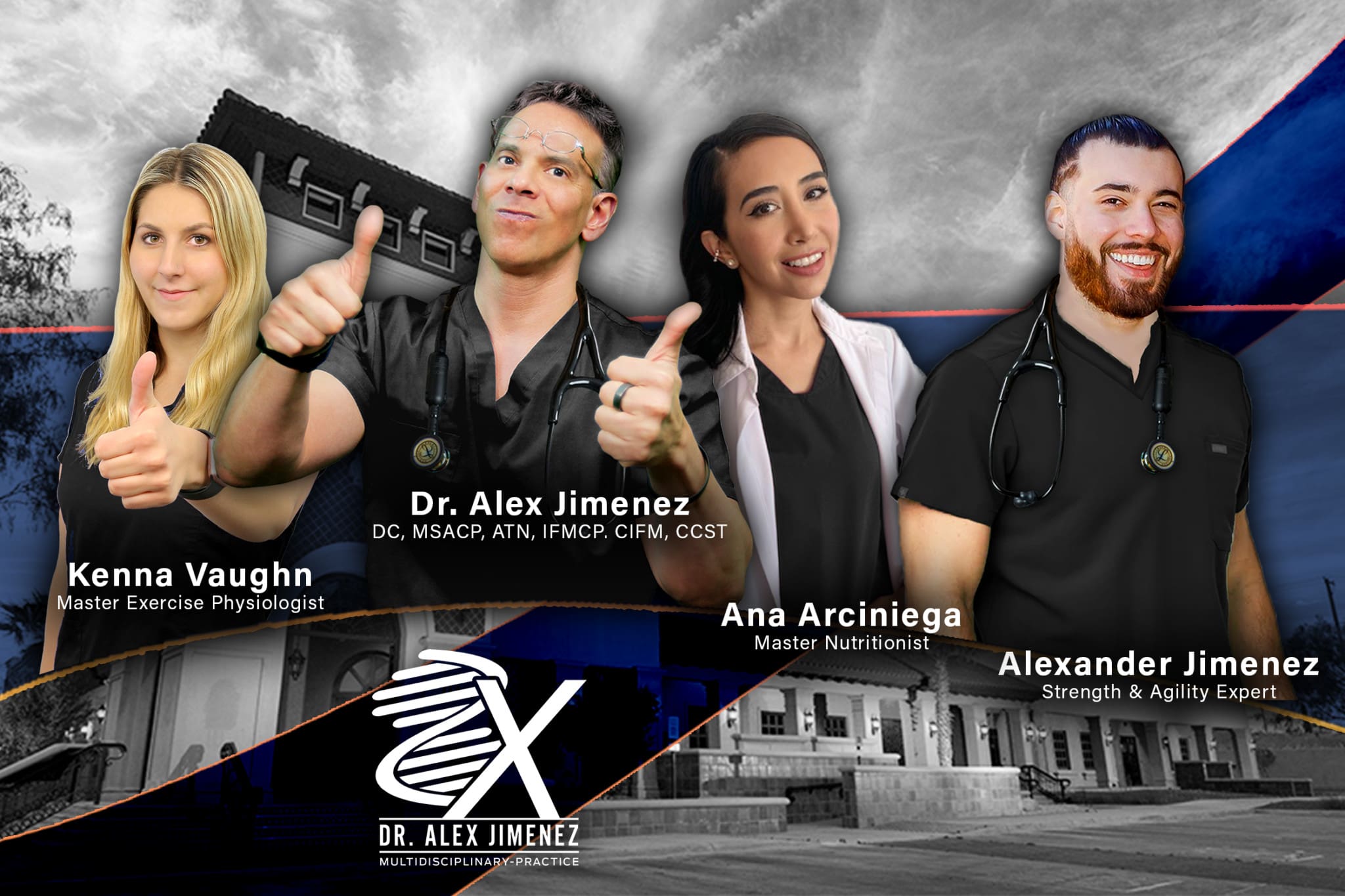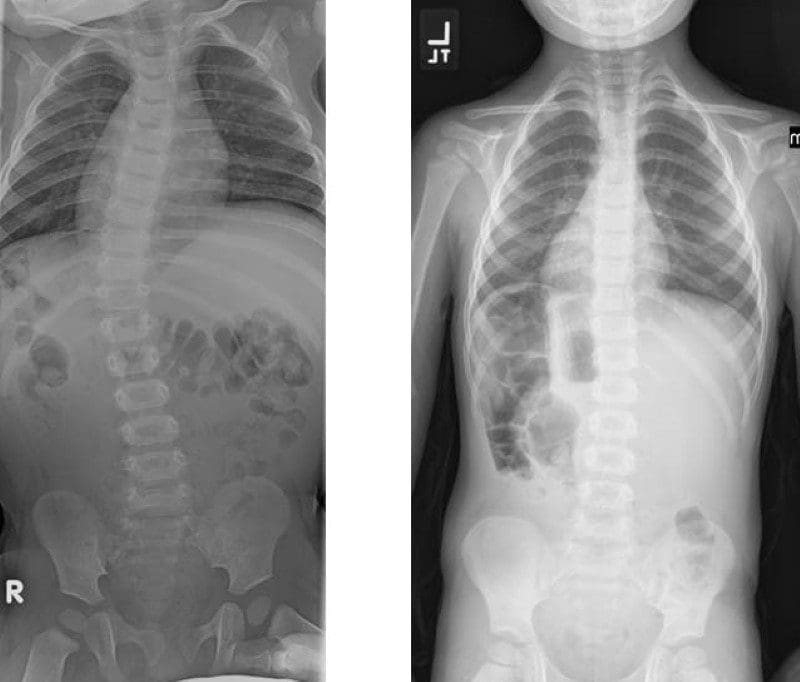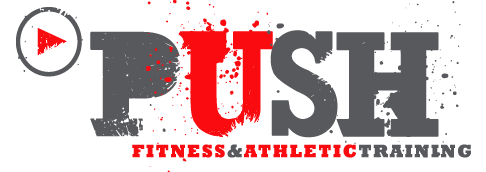Physical Presentation of Scoliosis in Rehab
Scoliosis is a condition in which the backbone of an individual is diagnosed with an abnormal curve. The natural curvature of the backbone is usually “S” shaped when viewed laterally, or by the side, and it ought to look straight when viewed from the front or rear. While it stays the same in several cases, the curvature of the spine with scoliosis increases as time passes. Scoliosis can cause many symptoms, requiring rehabilitation.
Roughly 3% of the populace is affected. The majority of instances are unknown, but it’s thought to involve a combination of genetic and environmental factors. Risk factors include having relatives with scoliosis. It might develop due to health problems, such as tumors, cerebral palsy, muscle cramps, and Marfan syndrome. Scoliosis develops between the ages of 10 and 20 plus it affects girls more than boys. Identification is encouraged with X-rays. Scoliosis can be treated in a number of ways, including chiropractic, but rehabilitation can help ease symptoms.
Treatment is based upon the amount of curve. Curves can be looked at to document the development of scoliosis. Bracing is often used to treat scoliosis. The brace is employed until the development ceases which must be fitted to the person. Exercise is recommended towards the improvement of scoliosis. Alternative therapy choices, such as chiropractic care, may restore the spine’s curvature. The scope of our information is limited to chiropractic, spinal injuries, and conditions. To discuss the subject matter, please feel free to ask Dr. Jimenez or contact us at
Curated by Dr. Alex Jimenez

Table of Contents
Additional Topics: Scoliosis Pain and Chiropractic
The backbone is an intricate structure consisting of joints, bones, ligaments, tendons, and joints. As a result of this, injuries and ailments can cause symptoms of back pain. Sports accidents or automobile accidents are the cause of back pain, however, aggravated conditions may cause back pain. Scoliosis is a renowned, health problem characterized by an abnormal curvature of the spine and it’s subcategorized by the trigger as a secondary illness, idiopathic, or of unknown origin, or congenital. Other therapy options may help alleviate back pain

EXTRA EXTRA | IMPORTANT TOPIC: Massage Therapy Rehabilitation
Post Disclaimer *
Professional Scope of Practice *
The information herein on "Physical Presentation of Scoliosis in Rehab" is not intended to replace a one-on-one relationship with a qualified health care professional or licensed physician and is not medical advice. We encourage you to make healthcare decisions based on your research and partnership with a qualified healthcare professional.
Blog Information & Scope Discussions
Our information scope is limited to Chiropractic, musculoskeletal, physical medicines, wellness, contributing etiological viscerosomatic disturbances within clinical presentations, associated somatovisceral reflex clinical dynamics, subluxation complexes, sensitive health issues, and/or functional medicine articles, topics, and discussions.
We provide and present clinical collaboration with specialists from various disciplines. Each specialist is governed by their professional scope of practice and their jurisdiction of licensure. We use functional health & wellness protocols to treat and support care for the injuries or disorders of the musculoskeletal system.
Our videos, posts, topics, subjects, and insights cover clinical matters, issues, and topics that relate to and directly or indirectly support our clinical scope of practice.*
Our office has reasonably attempted to provide supportive citations and has identified the relevant research study or studies supporting our posts. We provide copies of supporting research studies available to regulatory boards and the public upon request.
We understand that we cover matters that require an additional explanation of how it may assist in a particular care plan or treatment protocol; therefore, to further discuss the subject matter above, please feel free to ask Dr. Alex Jimenez, DC, or contact us at 915-850-0900.
We are here to help you and your family.
Blessings
Dr. Alex Jimenez DC, MSACP, RN*, CCST, IFMCP*, CIFM*, ATN*
email: coach@elpasofunctionalmedicine.com
Licensed as a Doctor of Chiropractic (DC) in Texas & New Mexico*
Texas DC License # TX5807, New Mexico DC License # NM-DC2182
Licensed as a Registered Nurse (RN*) in Florida
Florida License RN License # RN9617241 (Control No. 3558029)
Compact Status: Multi-State License: Authorized to Practice in 40 States*
Presently Matriculated: ICHS: MSN* FNP (Family Nurse Practitioner Program)
Dr. Alex Jimenez DC, MSACP, RN* CIFM*, IFMCP*, ATN*, CCST
My Digital Business Card




